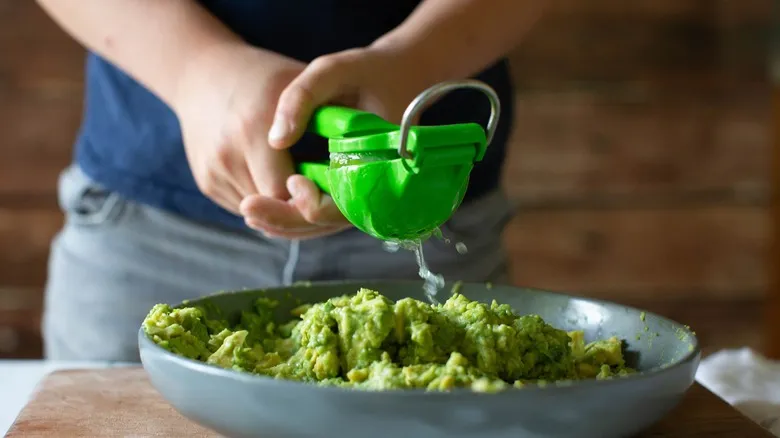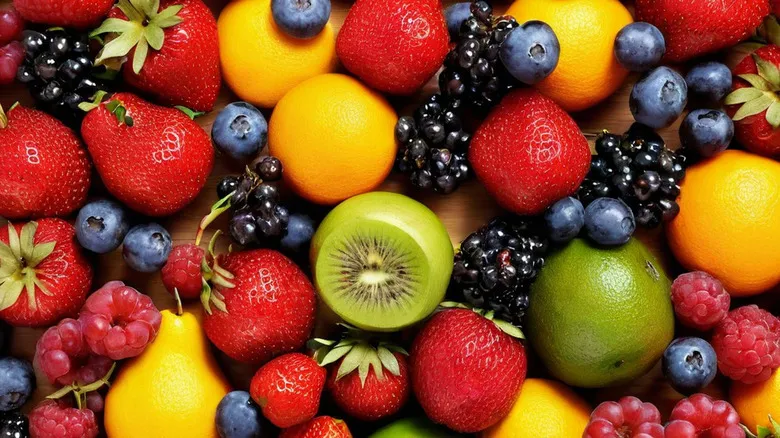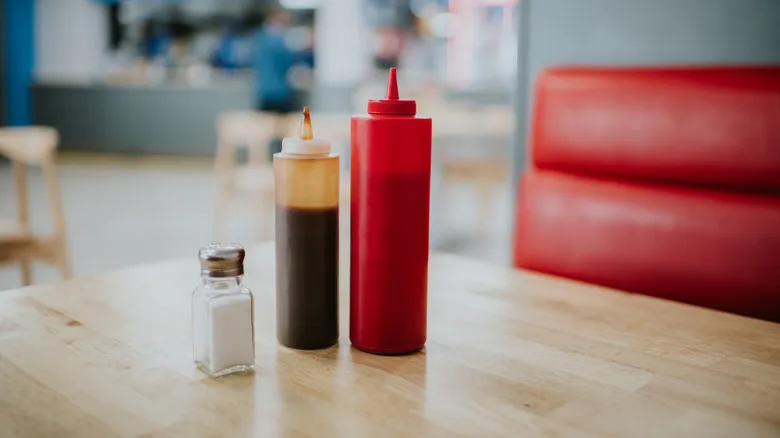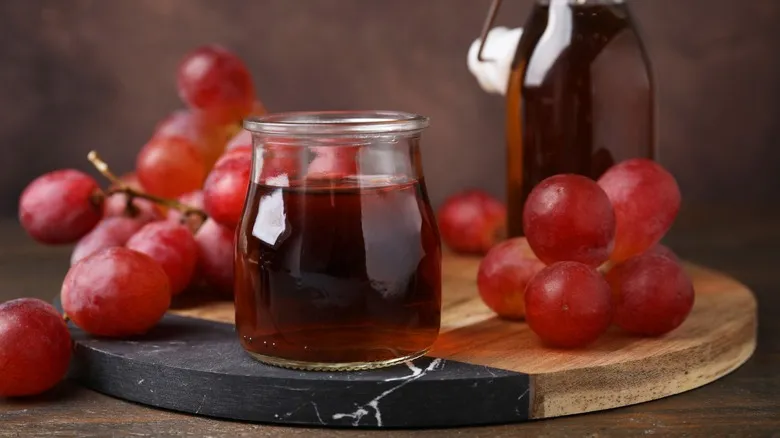The chemistry behind why this works

Once the flesh of an avocado is exposed by removing its peel, it quickly undergoes oxidation, leading to an unattractive color change within hours due to a process known as enzymatic browning. This phenomenon also occurs in various other fruits, such as bananas, when they are peeled. Avocados contain an enzyme called polyphenol oxidase, which reacts with oxygen to produce melanin, resulting in browning. To prevent this chemical reaction, it's essential to create a protective barrier that limits oxygen exposure. This is where lime juice comes into play.
The acidity found in citrus fruits like limes helps to slow down the oxidation process by reducing the pH level of the guacamole. Enzymatic browning occurs when the pH increases, so maintaining a lower pH for as long as possible helps preserve that vibrant green color. However, it's important to note that this doesn't make your guacamole immune to browning; it merely postpones the chemical reaction. Be sure to apply a layer of lime juice over your guacamole as soon as you prepare it. After storing it in an airtight container in the refrigerator, try to consume the leftovers within a day or two.
Recommended

The Best Way To Freeze Bananas For Smoothies

Freeze-Dried Vs Dehydrated Fruit: Is There A Difference?

Is It Safe To Store Ketchup At Room Temperature?

Does Red Wine Vinegar Expire?
Next up

